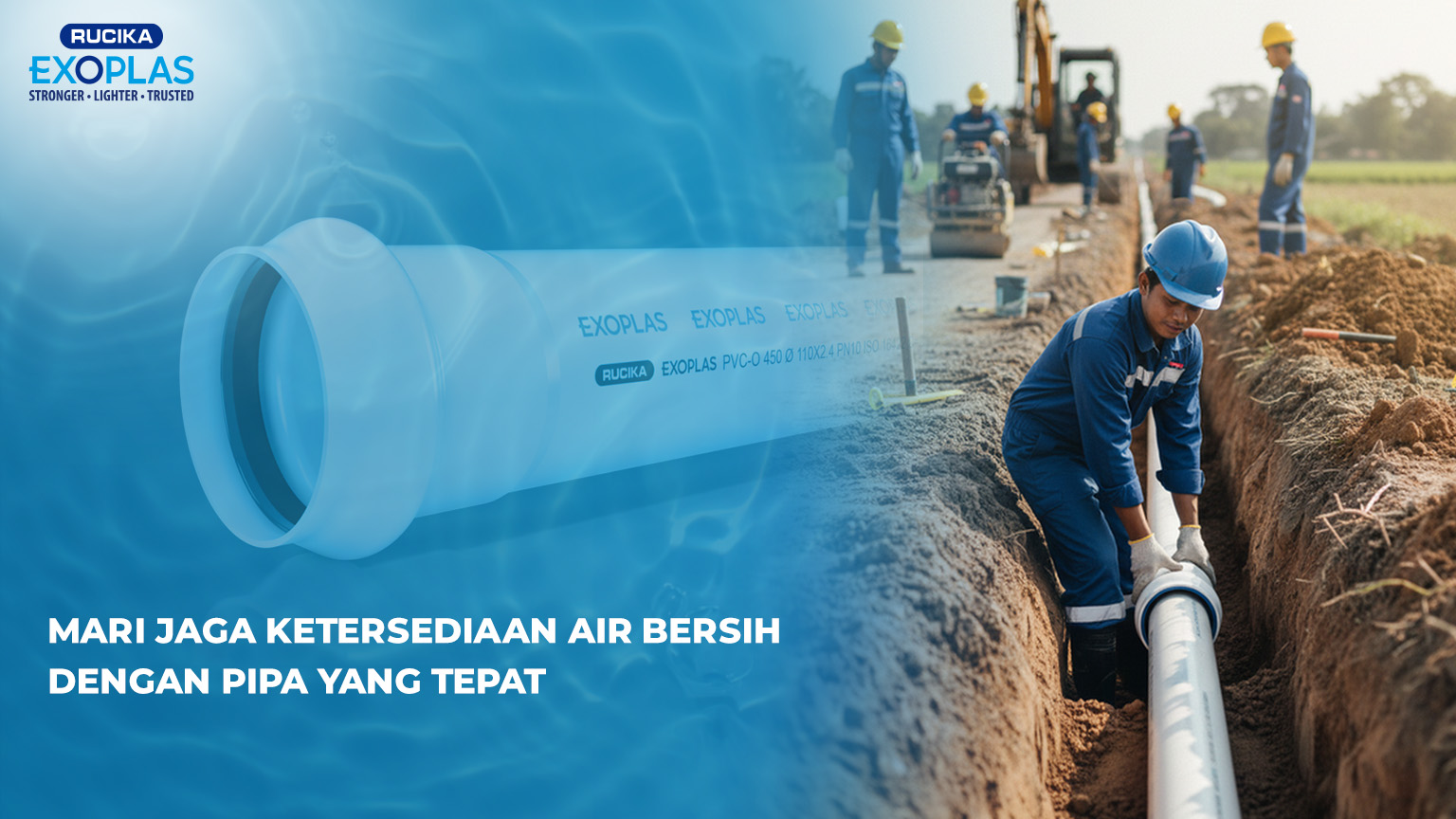Drainage is an important element in urban infrastructure planning because it is closely related to sanitation and residential comfort. Drainage itself is defined as the removal of a mass of water either naturally or artificially from a surface or below the surface of a place. In urban areas, the drainage system is used to drain water from a location so that the land can function optimally.
The drainage system of a city is divided into 3 based on the services, namely:
- Local drainage system (minor urban drainage), is a drainage system that only serves a certain area, such as residential areas, commercial areas, offices, markets, etc.
- Main drainage system (major urban drainage), is a primary, tertiary, secondary drainage system and other supporting facilities to meet the interests of the entire community. In the main drainage, the management is carried out by the local district or city government.
- For flood control (flood control ), drainage has the function of draining rainwater so as not to inundate urban areas that can interfere with community activities. The drainage construction in flood control efforts include:
- Dedge
- Channel
- Aqueduct
With its geographical condition causing Japan to be frequently hit by natural disasters including earthquakes, typhoons, and floods, the Japanese government has budgeted 6%-7% of the national budget for natural disaster mitigation. In the city of Tokyo there is a cathedral that can protect the city from flooding, with a depth of 50 meters below ground level, the flood cathedral has pillars weighing 500 tons with a height of 65 meters and a diameter of 32 meters to support the ceiling, and has a length of 6.4 km.< /span>


This flooded cathedral took 13 years to build and was only completed in 2006, costing up to 2 million US Dollars. The location of the Flood Cathedral is adjacent to the subway line and the city’s gas pipeline network. Its construction took 13 years and was only completed in 2006 with a total construction cost of up to 2 million US dollars. Equipped with 79 pumps and 59 concrete pillars, the flooded cathedral allows as much as 200 tons of water to flow per second. The flooded cathedral drafts water from medium-sized and small-sized rivers and then transfers it to the Elo river which has a larger capacity, thereby preventing water from overflowing into the river.
The flooded cathedral is an example of a drainage used as a flood control and disaster mitigation facility in Japan, do you think we can optimize the use of drainage for flood control as Japan has done ? Hopefully in the future Indonesia will be able to have adequate city drainage facilities so that it can be used as a very optimal means of flood disaster mitigation.
ARI





